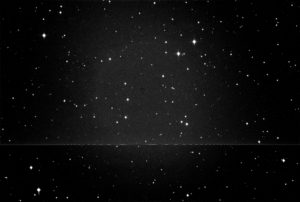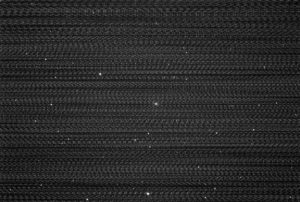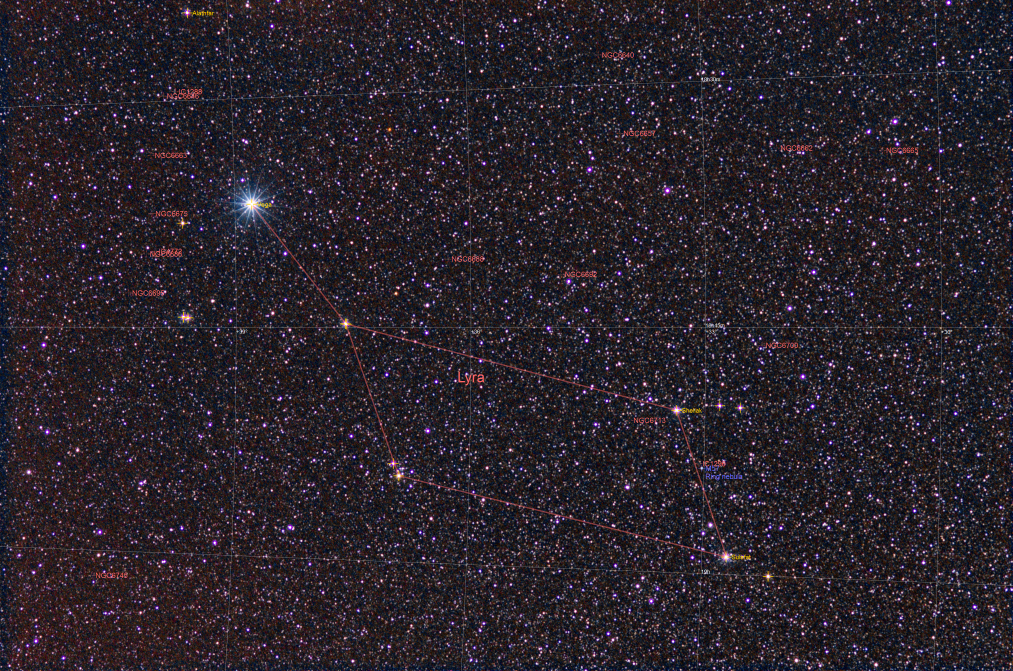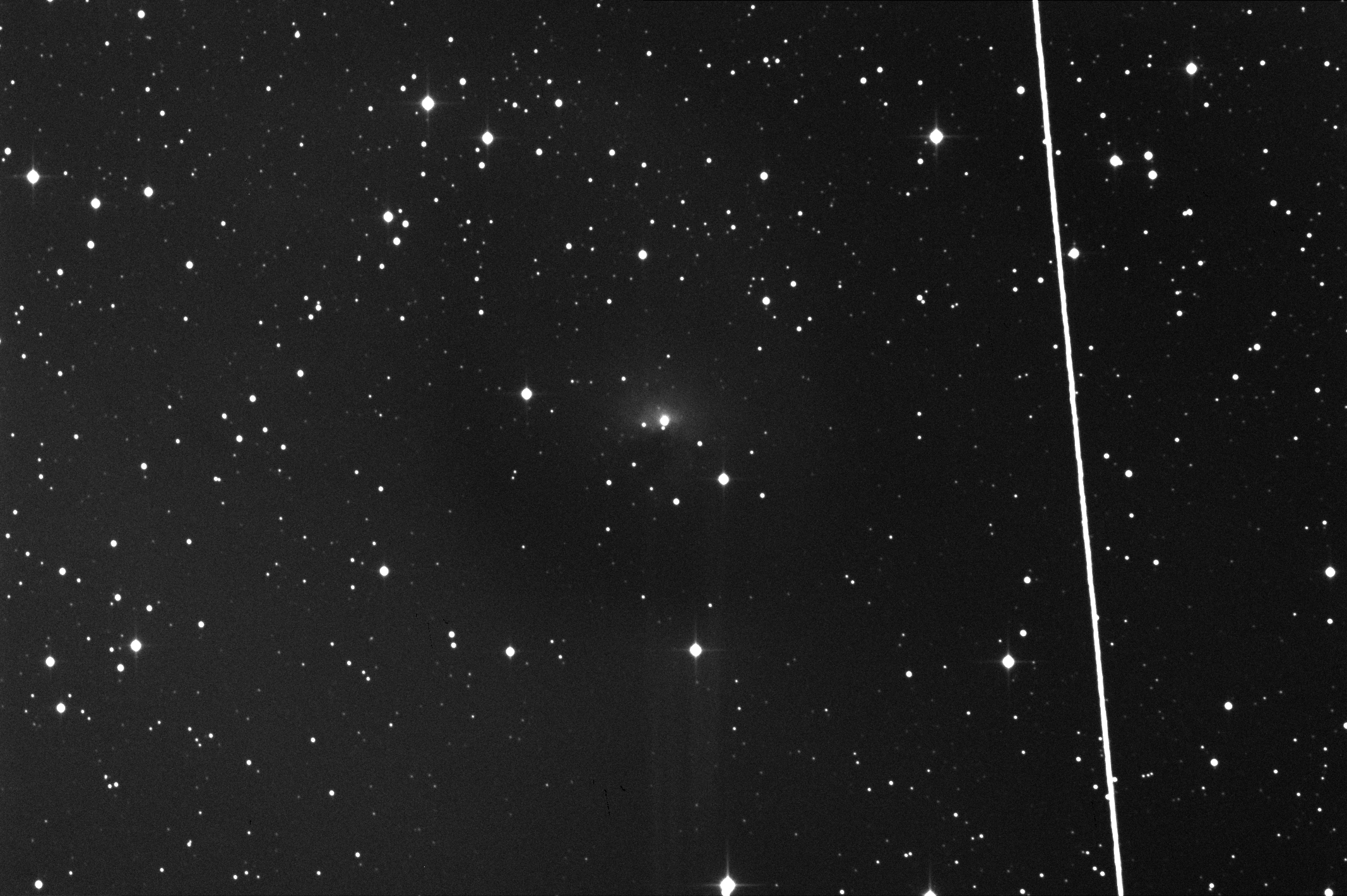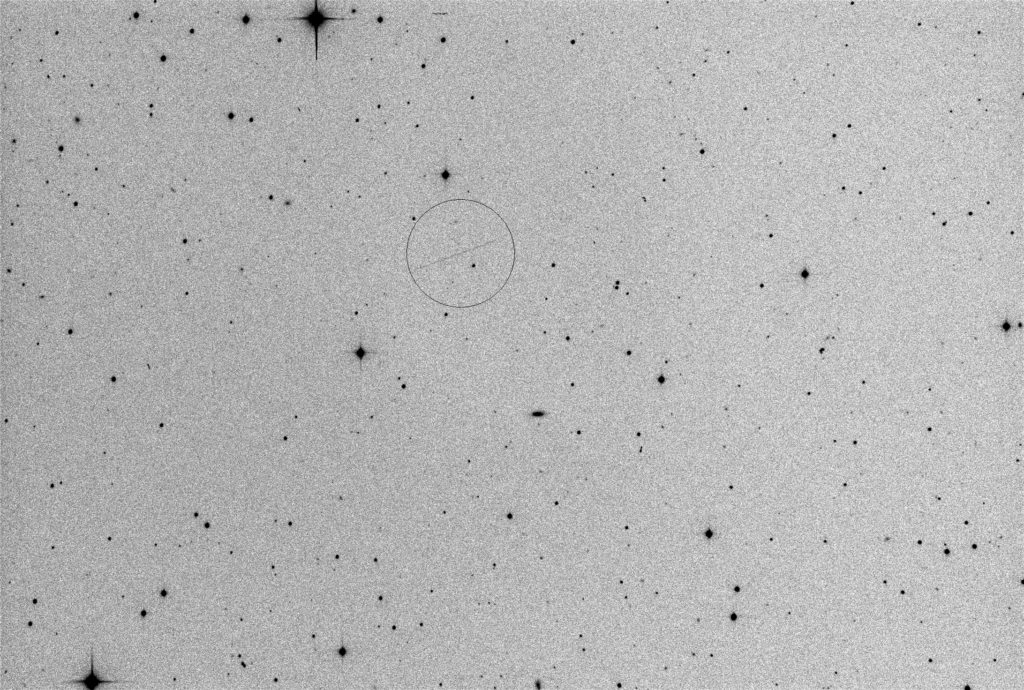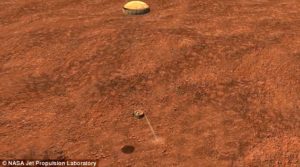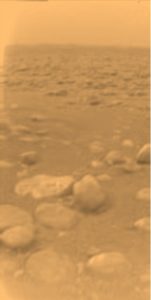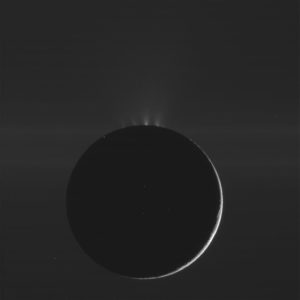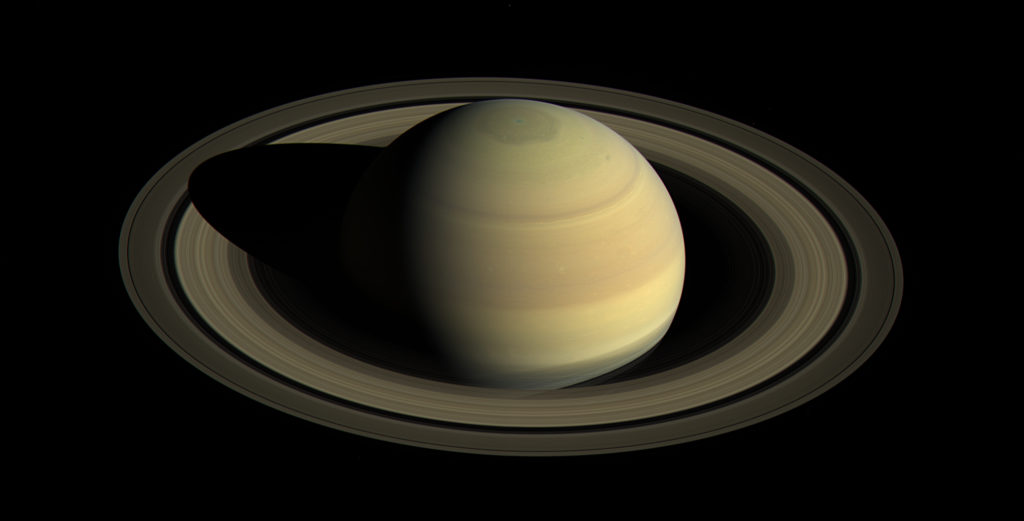Most of the images taken by the PTO are used to monitor asteroid and comet orbits. Collisions or gravitational interactions can, over time, change the orbits of small solar system objects. This could bring them closer to the inner solar system and potentially closer to Earth’s orbit.
By necessity the PTO will be taking a break from its primary tasking as well as any deep sky imagery. Recently, I have noticed an interfering pattern in some of the images. It has become worse over time. Troubleshooting has not identified the usual suspects (USB cable, USB hub, etc.). So, my primary camera is now on its way to the service center for diagnosis and hopefully repair.
So, for now, I will leave the telescope configured for planetary/lunar imaging. I also piggy-backed my Nikon along with a 105mm lens and will do some very wide FOV imaging. I have always planned on developing that capability; now looks like a good time. It will take learning a different software package and processing procedure. One of the first wide images is the constellation Lyra. The new software package can annotate each image and an example is below.
The FOV has increased from 37.85′ x 25.5′ to 12.⁰ 57′ x 8⁰ 35′.
